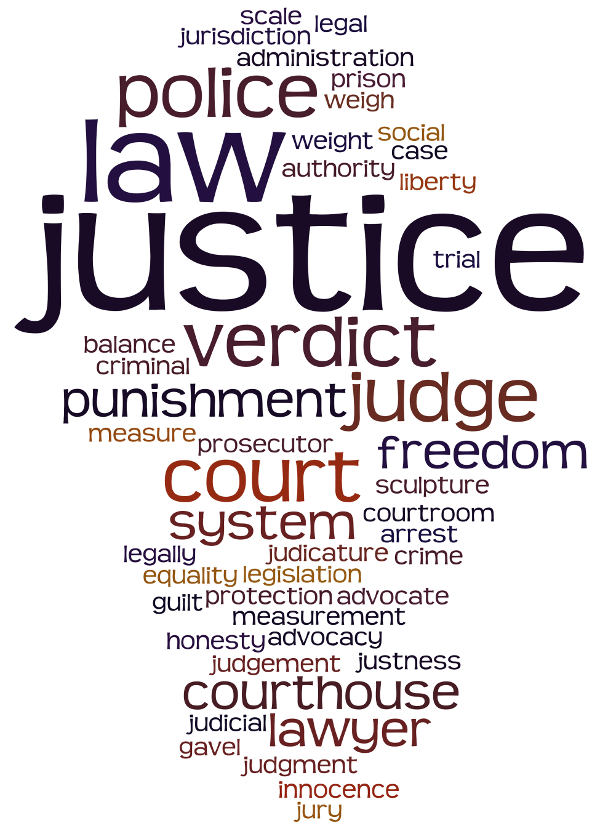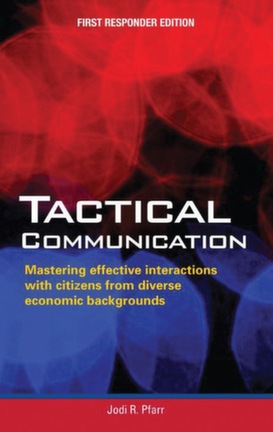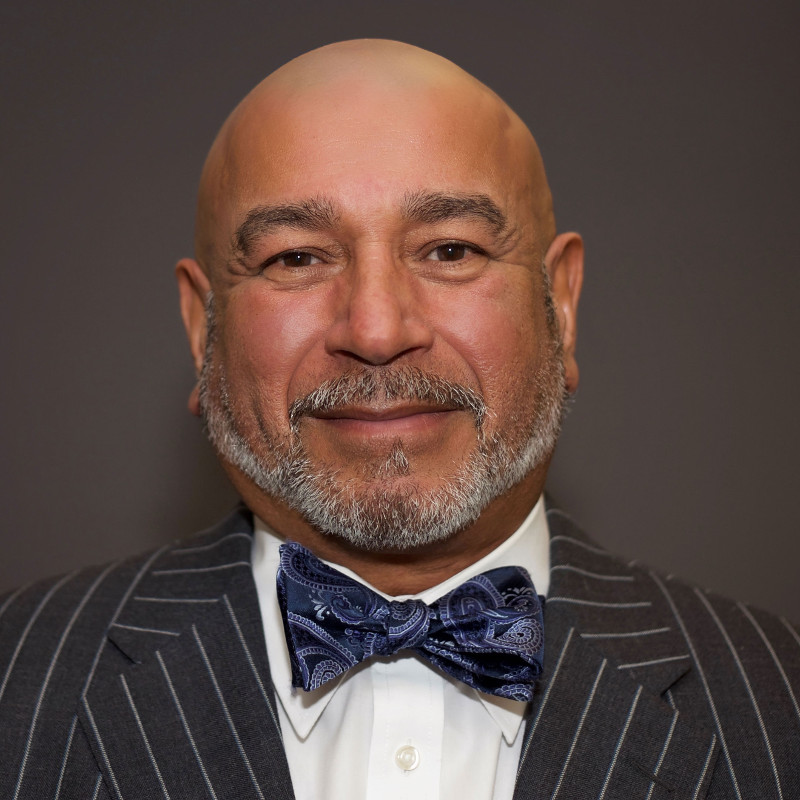The beginning of America’s criminalization of poverty
 This nation has criminalized poverty from the very start. Between 1615 and 1699, English courts sent approximately 2,300 convicts to the American colonies as indentured servants. Jamestown, Virginia, used this free labor to work the profitable tobacco plantations. As Jamestown prospered and the health of the colonists increased, many of the indentured servants outlived their servitude and gained their freedom. At that point, the leaders of Jamestown had to find another source of free labor. They turned to slavery.
This nation has criminalized poverty from the very start. Between 1615 and 1699, English courts sent approximately 2,300 convicts to the American colonies as indentured servants. Jamestown, Virginia, used this free labor to work the profitable tobacco plantations. As Jamestown prospered and the health of the colonists increased, many of the indentured servants outlived their servitude and gained their freedom. At that point, the leaders of Jamestown had to find another source of free labor. They turned to slavery.
They also began to criminalize poverty. The first judicial sentence that illustrates this was the punishment imposed on John Punch. In 1640 John Punch, James Gregory, and another indentured servant named Victor worked for a Virginia planter, Hugh Gwyn. They all ran away because of intolerably harsh treatment by the plantation owner.
They tasted freedom for only a brief time because they were captured within a few days. They had all committed the same crime, but once they were under the court’s authority, their fates and punishments differed. All three were to be whipped, but while the judge added four years to the indenture terms of James and Victor, both white Europeans, John Punch, a black man, received a sentence of lifelong servitude.
John Punch is one of the first indentured servants on record to serve a sentence of slavery without the possibility of freedom.
Hereditary slavery was codified in law in 1662. Virginia passed a law that said if an “Englishman” impregnates a “negro woman,” the child once born takes on the status of the mother; i.e., the child is also a slave.
The institution of slave labor systemically established poverty in the English colonies that were destined to become the United States. Let us be clear: Race is not the cause of poverty, but racism is a fundamental contributing factor. Consider the 1654 Virginia law that allowed free black landowners to have slaves. To protect this inhumane institution, the creation of “slave patrols” occurred during this period, which sadly is one of the founding cornerstones of policing in America. These law enforcement policies and practices continued through the Jim Crow era and can still be seen today, as documented by Michelle Alexander in her book The New Jim Crow: Mass Incarceration in the Age of Colorblindness.
The criminalization of poverty and what police can do to reverse it
As a state trooper in New York, I saw some of my colleagues, despite my objections, issue multiple equipment violation tickets to people who drove “disposable” cars. They would derisively call these individuals “welfare rats.” I would argue with them, saying they were forcing these individuals to choose between paying the ticket, paying to have the car repaired, and putting food on the table.
How do we change the nature of policing in America and its relationship with the poor, our youth, and communities of color?
We can begin with the recruiting process for police officers. When seeking candidates to serve on a police force, there are several factors to consider:
- Are they from the community they will patrol?
- Do they have direct experience with poverty?
- Have they studied poverty’s negative impact on individuals and on the community at large?
Once hired, the police recruits should receive police training that covers:
- Negative impact of poverty on individuals and their communities
- Causes of homelessness and how some policing policies worsen homelessness
- Adverse childhood experiences
- Cultural competency and implicit bias courses to address harmful stereotyping of the poor and people of color
- Conflict resolution strategies
As these new police officers begin, we can turn our questions to the institutions:
- Are the department’s enforcement policies and practices grounded in social justice and equity?
- Has the police department engaged in authentic community policing practices?
- Has the agency formed effective partnerships with local schools, not just as resource officers?
- Has the agency partnered with social service agencies, social justice groups, and other similar community-based organizations?
Local initiatives show how police agencies can help
In Albany, New York, community leaders, the mayor’s office, law enforcement officials, the district attorney’s office, and several judges embarked on some very progressive policing policies and programs.
In 2016 the Albany Police Department became the third agency in the nation to adopt Law Enforcement Assisted Diversion. (Seattle, Washington, and Santa Fe, New Mexico, were first.) This innovative criminal justice program is aimed at reducing low-level arrests, racial disparities, and recidivism. Officers can exercise discretion to divert offenders involved in low-level crimes such as shoplifting and marijuana possession to restorative justice programs.
The mayor and the police chief hired an expert in implicit bias to train the entire police force (sworn and unsworn personnel), and they offered this training to the city’s residents.
In 2016 the Albany County District Attorney’s Office announced the Clean Slate initiative, which addresses three stages: reclamation, restoration, and redemption. The first part of the initiative, “reclamation,” is a case resolution possibility for young adults aged 16–24 who have been charged with certain nonviolent felonies. Community members sit on a “diversion board” and decide eligibility. Participants must accept accountability for their criminal wrongdoing, repair harm to any victimized party, and become contributing members of the community—without a felony criminal conviction or time served in state prison.
How can aha Process’s Tactical Communication help?
Tactical Communication provides police agencies with another tool to combat poverty and enhance equitable enforcement and safety for police and the citizens they serve. In New York’s capital region, Schenectady Bridges Out of Poverty has done a tremendous job of educating social service agencies,  hospitals, and other institutions on the strategies and practices of aha! Process. We have also held some preliminary conversations about aha Process’s Tactical Communication for first responders based on the book by the same name by Jodi Pfarr. This training helps police in several meaningful ways:
hospitals, and other institutions on the strategies and practices of aha! Process. We have also held some preliminary conversations about aha Process’s Tactical Communication for first responders based on the book by the same name by Jodi Pfarr. This training helps police in several meaningful ways:
- Enhances their safety and the safety of citizens
- Increases ability to retrieve critical information
- Prevents miscommunication between police and citizens
- Improves ability to control situations via understanding the hidden rules of different communities
During my 29 years in the New York State Police, I held many titles and ranks, but I chose as my favorite title one that underscored my policing philosophy: “peace officer,” someone engaged in social justice. As a road trooper, and as the statewide commander, I understood that a community could only be policed to the extent that it trusts the criminal justice system.
Stephen Covey says, “Change happens at the speed of trust.” We as social justice advocates must help police build trust by adopting equitable and justice-centered policies and practices. Police departments can work to develop greater trust within the communities they serve through authentic and community policing practices in collaboration with the community itself. Police must work with community-based organizations, social service agencies, faith-based groups, and the educational system if they are to be allies in reducing poverty, which in turn will reduce community disorder.
 Pedro Perez is committed to social justice and equity. He helps people in poverty gain access to education, sustainable employment, and entrepreneurial opportunities, exemplifying his commitment to equity and social justice. Dedicated to helping those living in poverty, Pedro strives to ensure diversity and inclusion are priorities for every organization with which he works. He rose to the rank of brigadier general in the New York State Police and served as acting superintendent during Governor Spitzer’s and Governor Paterson’s administrations. Pedro made New York State Police history by becoming the highest-ranking Afro-Caribbean Taíno Indian. Throughout his nearly 30-year tenure with this statewide policing agency, he advocated assertively and helped actualize for greater inclusion of minority men and women within its ranks.
Pedro Perez is committed to social justice and equity. He helps people in poverty gain access to education, sustainable employment, and entrepreneurial opportunities, exemplifying his commitment to equity and social justice. Dedicated to helping those living in poverty, Pedro strives to ensure diversity and inclusion are priorities for every organization with which he works. He rose to the rank of brigadier general in the New York State Police and served as acting superintendent during Governor Spitzer’s and Governor Paterson’s administrations. Pedro made New York State Police history by becoming the highest-ranking Afro-Caribbean Taíno Indian. Throughout his nearly 30-year tenure with this statewide policing agency, he advocated assertively and helped actualize for greater inclusion of minority men and women within its ranks.








